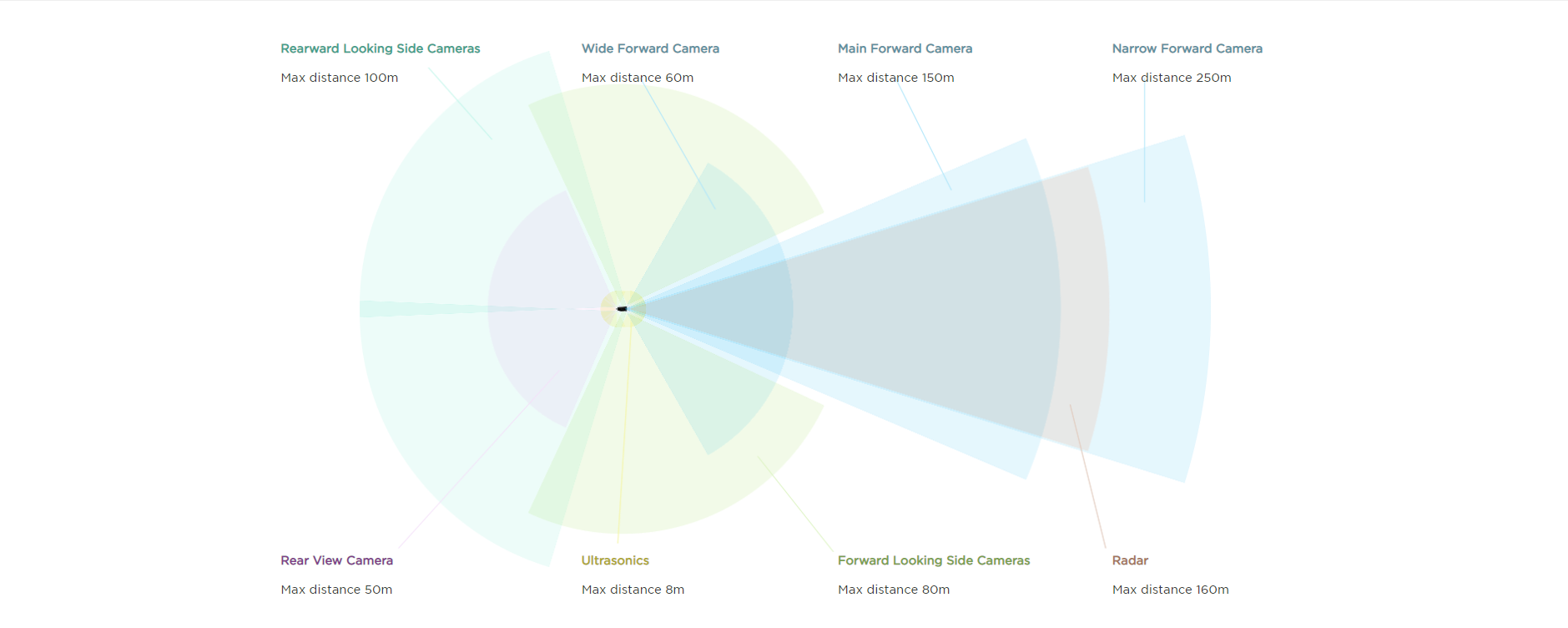19 January 2021
The Tesla SFD beta test
Tesla, a company dedicated to pushing the technological boundaries that exist in many fronts, has been busy attemptig to develop a sophisticated AI for their cars allowing for FSD (Full Self Driving). Indeed behind Tesla there is significant ambition in this project, so how far exactly have they come in advacing AV tech?
Allow us to recap. The steps Tesla took in its AV reveals quite a lot of their approach to R&D and the many external challenges they have faced. Since 2016, Tesla has had the hardware available for full automation. The true test, of course, comes with developing the software ai that would control the car - a task that is immensely difficult. The ai itself would need a sophisticated understanding of road knowledge as well as the ability to adapt to situations.
From then on, the ai finds itself in beta testing -done diligently by a handful of Tesla customers. One can see a demonstration of such technology on social media via many videos and tweets. Many are impressed with the built in cameras and radar allowing for the Tesla car to visualise an optimal path. This video linked here provides the latest update (Beta 10) to the AI system.
So all seems good so far, and according to Elon Musk himself the FSD would be released later on in 2021 - serving as a subscription for tesla drivers. One must not forget Elon made the exact same promise of self-automation back in 2019 where he said it would be 100% complete by 2020. Indeed covid would have played a huge part in this delay, but there are other factors to consider.
Writer of Business Insider Nicholas Shield predicted Tesla wouldn't meet this original launch date back in August 2019 - when the economy was not crippled by covid 19 and there was no way of knowing that it would. One of the main things he has brought up was Tesla's insistence of not using LiDAR sensors in favour of cheaper alternatives. These type of sensors already exist in the public domain and they allow automated cars a powerful 3-d visualisaiton of its environment. Not only is Tesla deviating from the conventional way of allowing automation, they would have to start from complete scratch - instead compromising with simple camera and radar tech.

Not only that, but Tesla also initially planned to rollout an autonomous taxi service - which would have been called Tesla Network - and would have no doubt would have required the FSD technology to complete its development. No word has been made regarding its completion to this day. Other issues plagued this too. Jeffrey Osbourne says that that Tesla Network's rollout "seemed half baked, with the company appearing to either not have answers to or not even considered a basic pretty question on pricing, insurance, liability, or regulatory, legal requirements". Indeed legal impediments have gotten in the way of Tesla's robotax plan coming into fruition and it would most likely affect the Tesla's FSD rollout as well.
So it seems there are shortcomings to Tesla's ambitions. One can get a better scale of the difficulty of their task by understanding the many issues beta-testers had with the automation - particularly the smart summons feature.
Regardless with all skepticism by experts, there is no doubt the level of dedication Tesla has put into making this technology accessible to the public - refusing to use pre-existing technology like LIDAR even though it is effective. Tesla's commitment to ensuring this technology would work is something to be praised for. The ai has come along way, now, being able to visualise road lanes and identify signs, incoming cars and other road features as well. One should look forward to this self-driving ai progress to becoming a true level 5 autonomous system.



